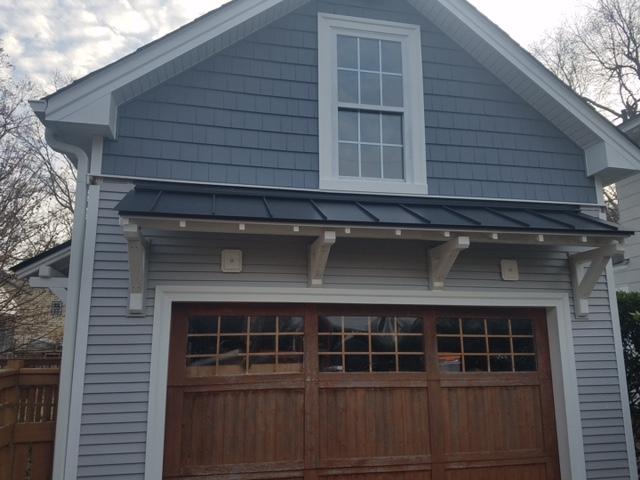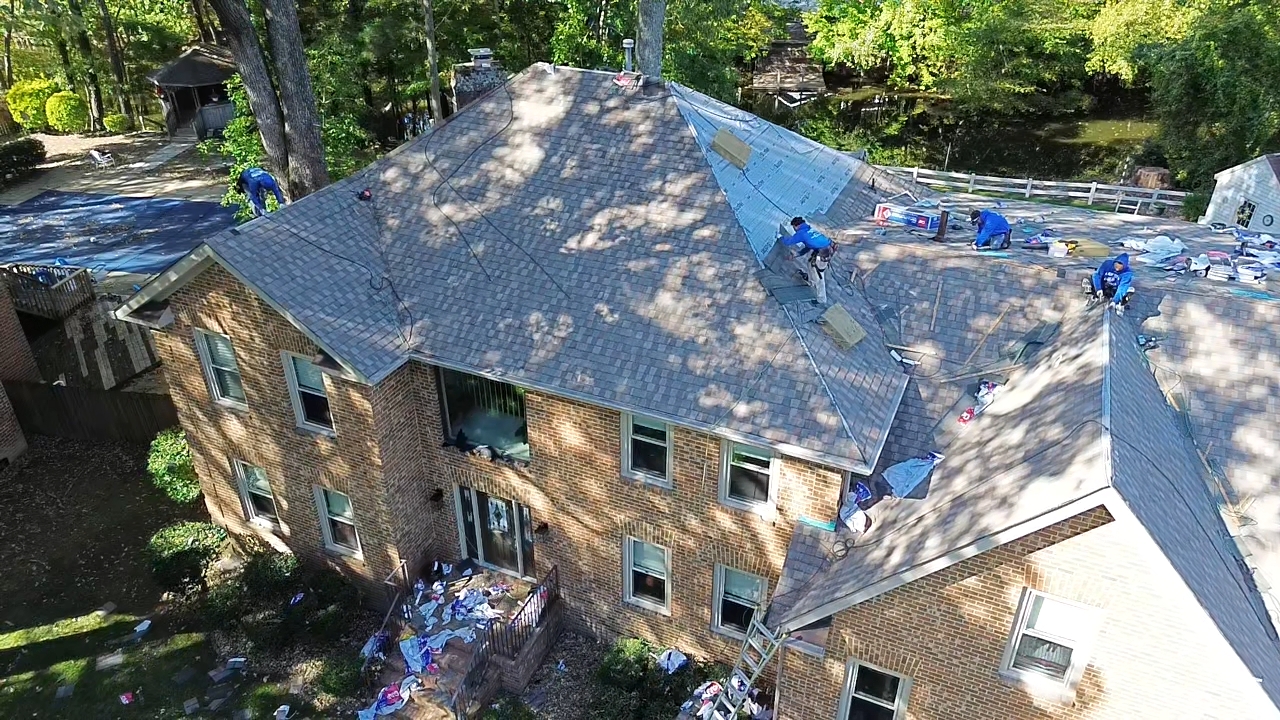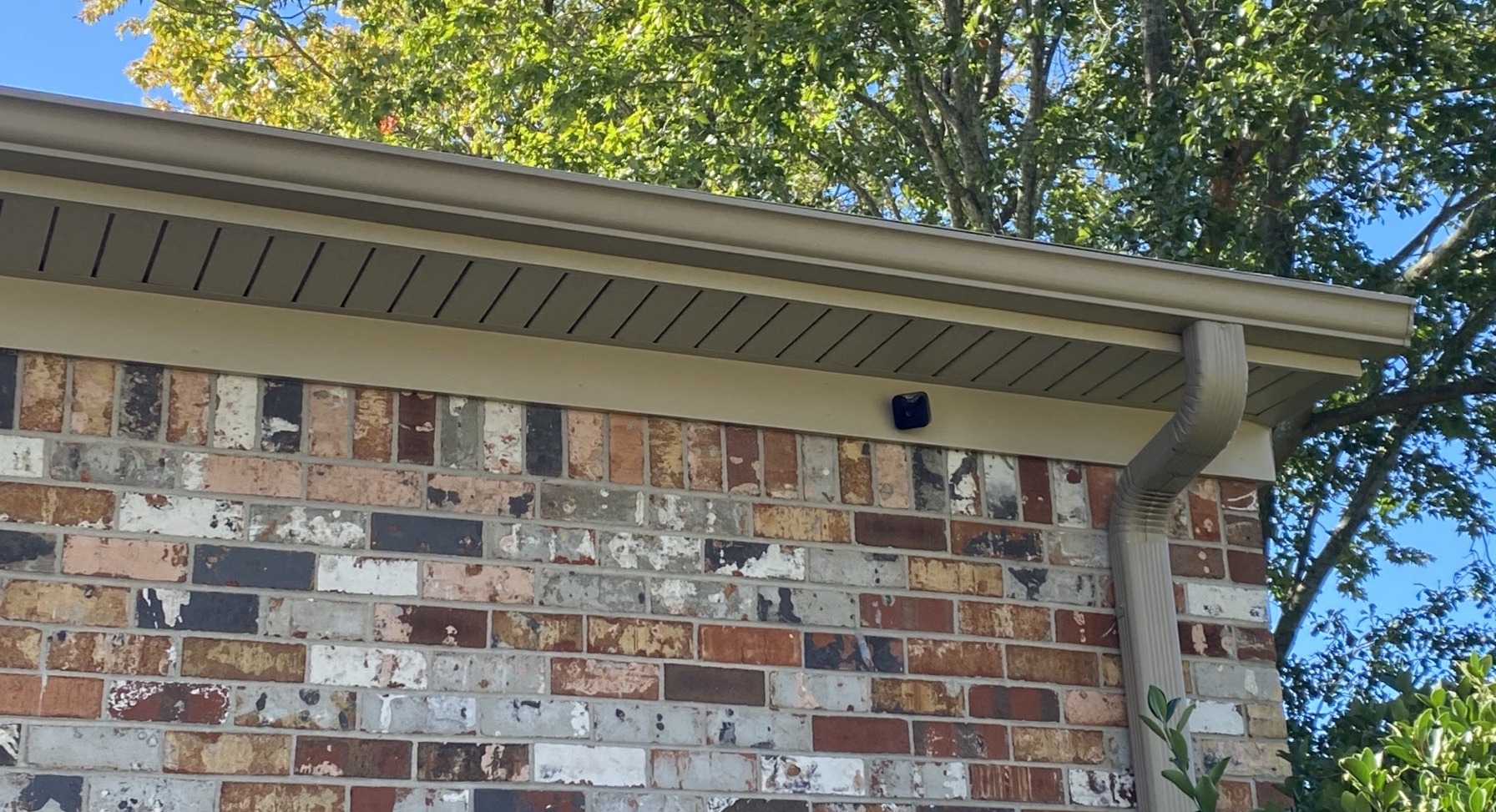The connection between roof color and energy efficiency
Use our quick contact form to get in touch with our team. We will respond shortly.

When it comes to choosing roofing materials, color may seem like a purely cosmetic decision. But in reality, the color of your roof can significantly impact your home’s energy efficiency—especially in warmer climates like Virginia Beach. As a seasoned roofing company in Virginia Beach, WT Anderson explains why your roof’s color matters more than you think.
How Roof Color Affects Energy Absorption
Light Colors Reflect Heat
Roofs with light-colored surfaces (like white, beige, or light gray) reflect more sunlight and absorb less heat. This helps keep attics and interior spaces cooler, reducing the need for air conditioning.
Dark Colors Absorb Heat
Dark shingles or roofing materials (like black, dark brown, or charcoal) absorb more heat. This can increase indoor temperatures and drive up energy usage in the summer.
In warm, sunny regions like coastal Virginia, roof color can have a noticeable impact on comfort and energy bills.
How Much Can It Affect Your Energy Use?
According to the U.S. Department of Energy, a reflective roof can lower roof surface temperature by up to 50°F and cut cooling costs by 10–15%.
Cool roofing materials with Energy Star ratings may also qualify for rebates or incentives depending on your location.
Factors That Influence the Effectiveness
- Roof pitch: Flat or low-slope roofs tend to benefit more from reflective materials.
- Insulation: Proper attic insulation and ventilation work in tandem with roof color.
- Material type: Some materials (like metal or membrane roofs) naturally reflect more heat.
Should You Consider Replacing or Coating Your Roof?
If your current roof is dark-colored and you’re planning to replace it, consider switching to a lighter color. For flat roofs, reflective coatings may be an option.
Learn more about our roof replacement services.
Sources:
- Energy Star: Energy-Efficient Roofing
- U.S. Department of Energy: Cool Roofs





